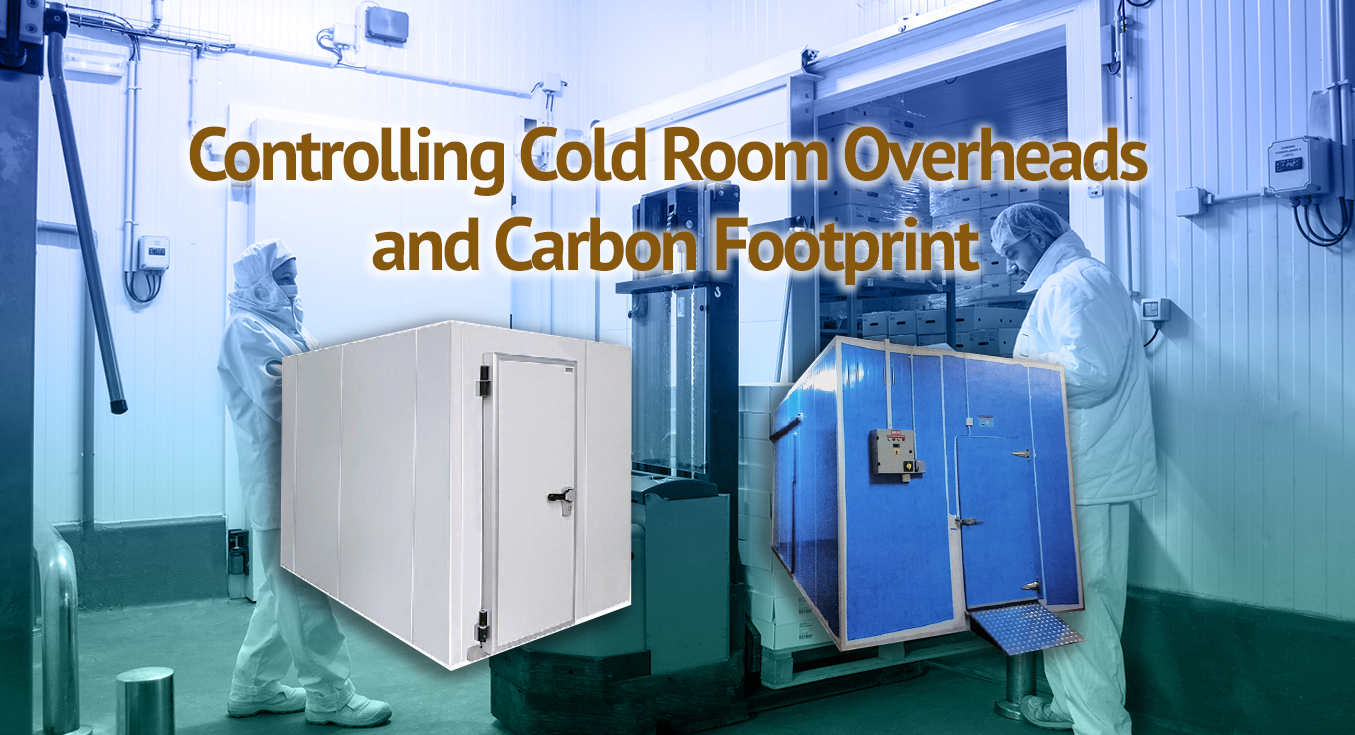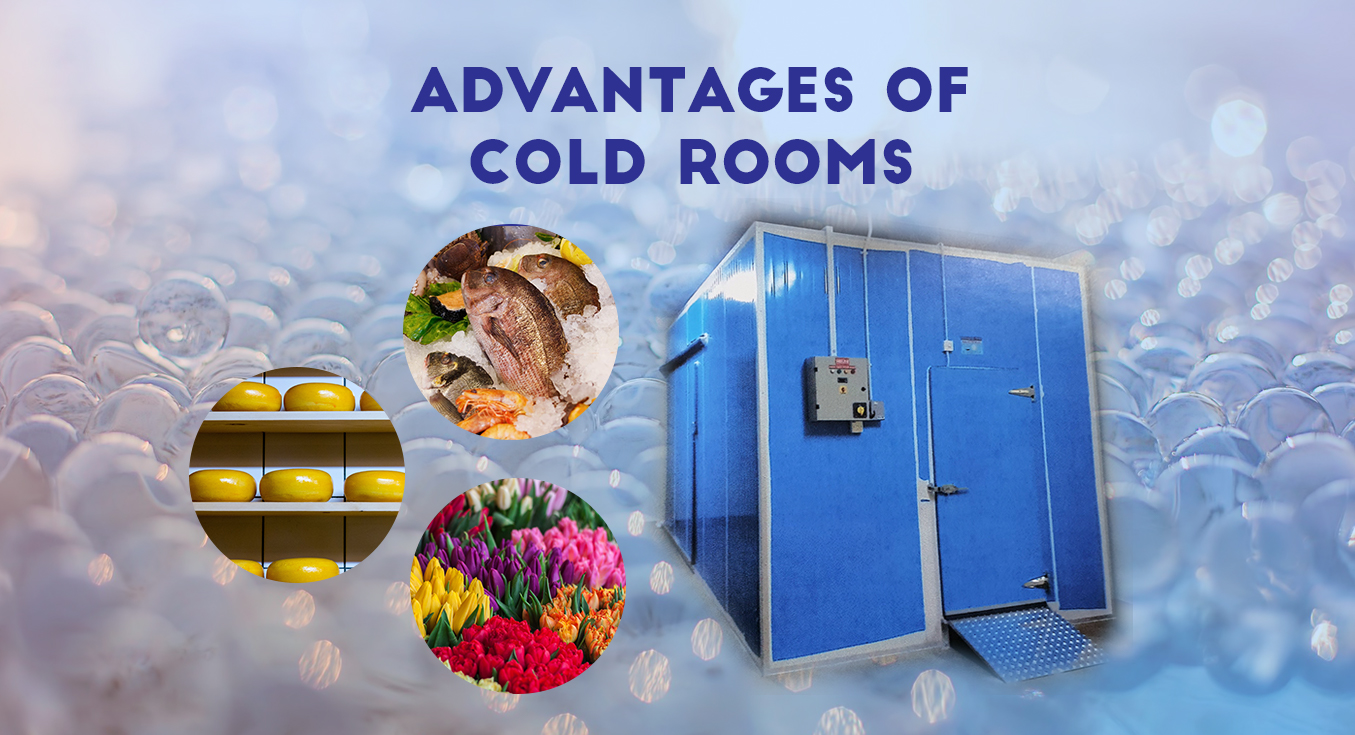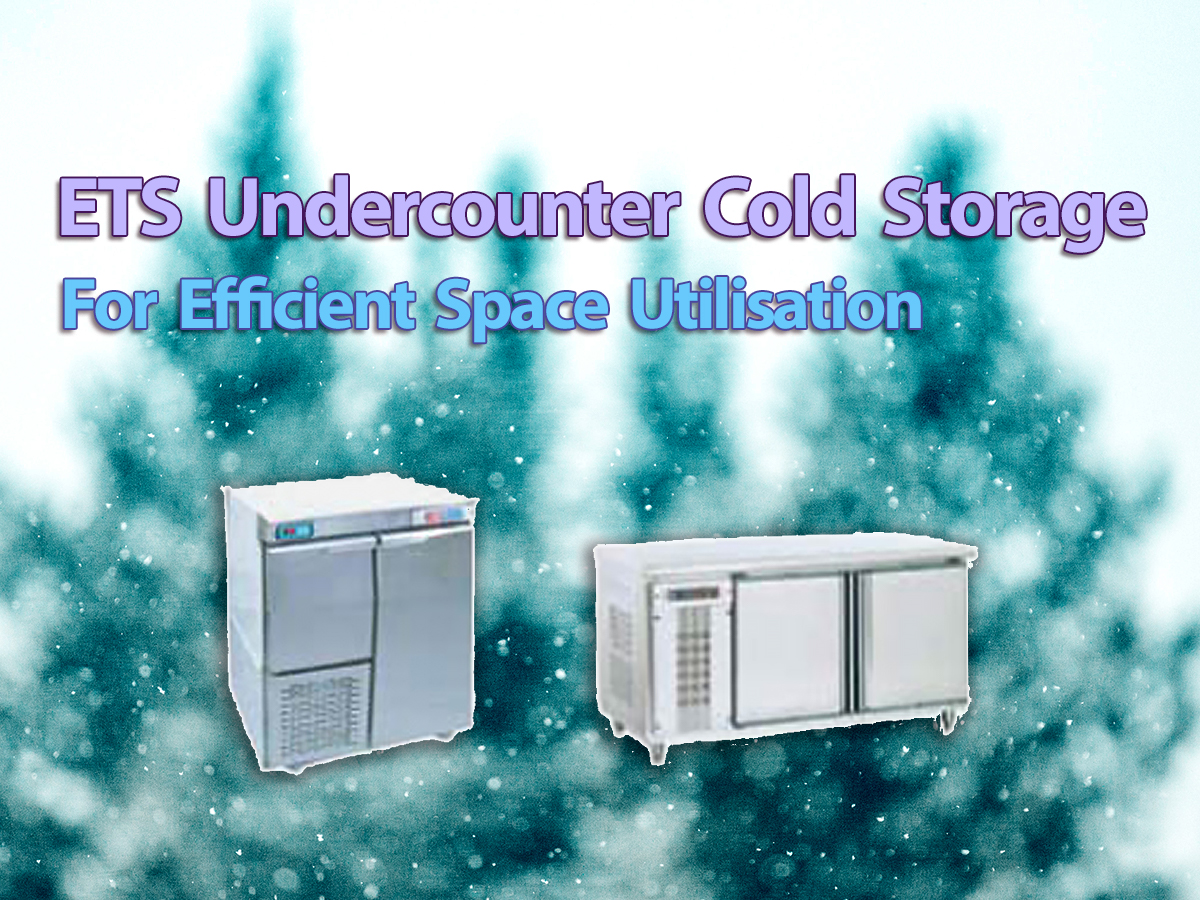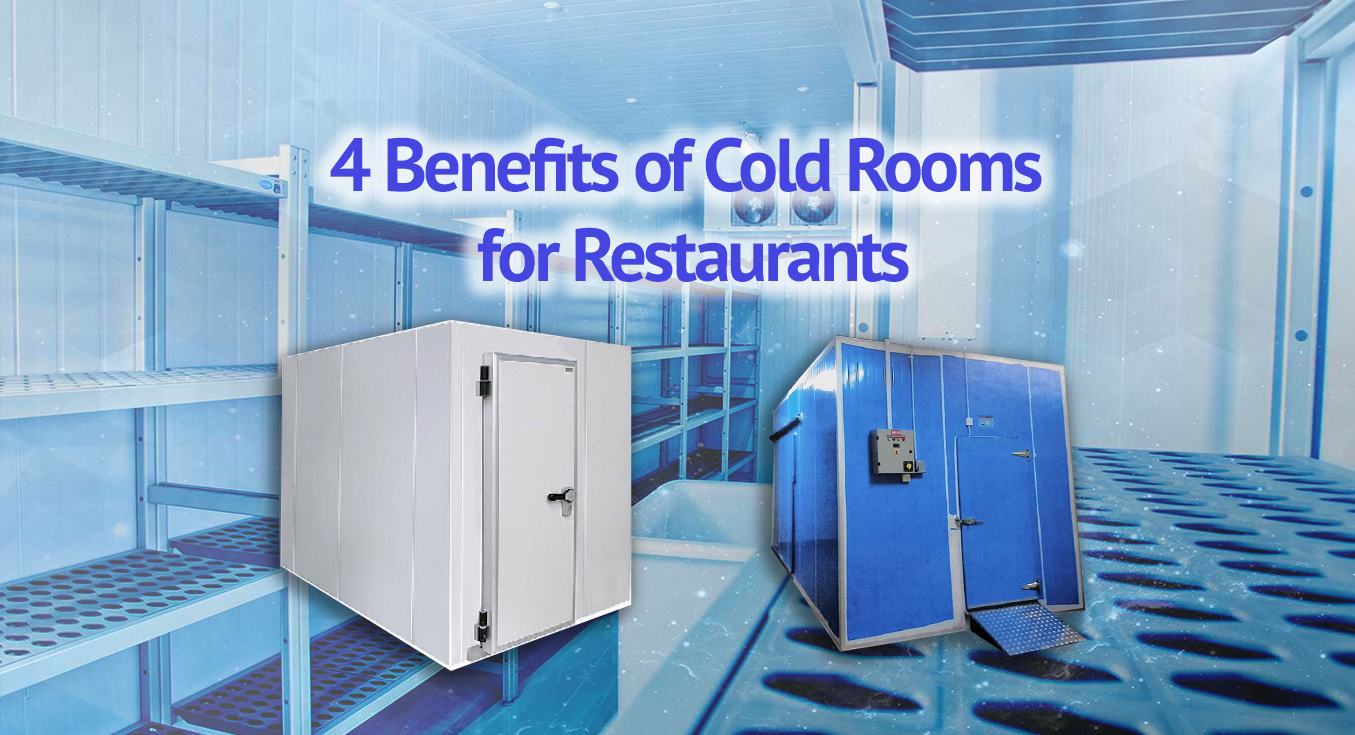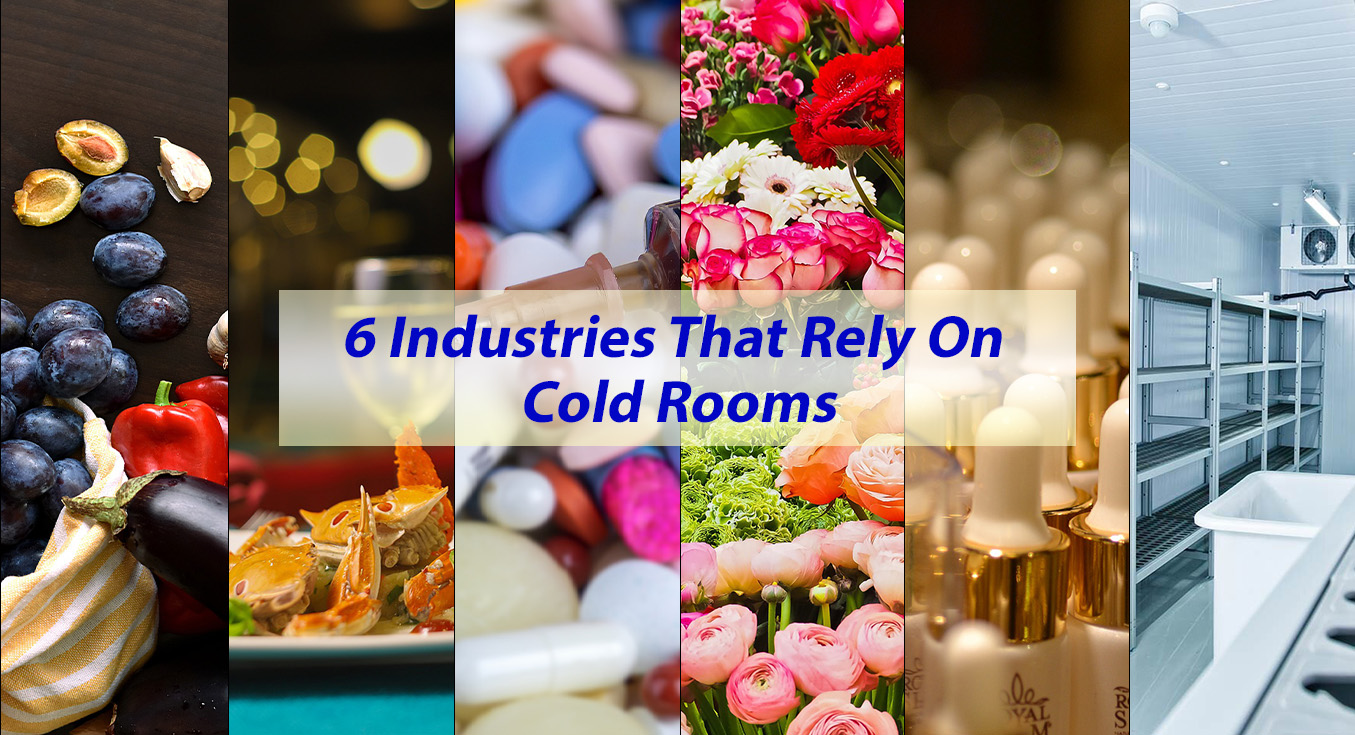In today’s competitive business landscape, controlling overhead costs and minimising carbon footprint have become key priorities for organisations striving for operational efficiency and environmental sustainability.
By implementing effective strategies and leveraging innovative technologies, businesses can not only reduce expenses but also contribute to a greener future. In this blog post, we will explore valuable tips to help businesses master the control of their overheads and carbon footprint for their cold rooms, paving the way for enhanced profitability and a more sustainable approach.
1. Check On Refrigerant Quantity
When your cold room is running on an inadequate amount of refrigerant, not only can it damage the overall functioning and performance of the cold room, but the energy consumption for maintaining the cold room at optimal temperature also increases. This in turn translates to a spike in the electricity bill as well as refrigerant top-up costs due to an always reducing quantity of refrigerant.
It is imperative to check on where the refrigerant might be leaking from as it poses a potential environmental hazard which could also be life-threatening.
2. Pay Attention To Lighting
Lighting in a cold room is one aspect that is often overlooked when determining overheads. In fact, lighting contributes up to 80% of overhead expenses, especially for electricity charges.
A well-thought out choice of lighting material such as energy-efficient LEDs and making an exact calculation of the amount of lights needed per the area can help to reduce a large amount of overhead costs.
3. Prioritise Safety
Safety is one factor that is vital to saving overhead costs and limiting the carbon footprint of a cold room. Employees may be required to work in a cold room, and they should be guided to work within safety parameters and ensure proper handling of medical issues. Otherwise, it would be easy for workers to overlook threats and consequences in a cold room environment.
Observing basic safety measures such as using proper work and protective equipment, providing training and healthy work practices and providing safe work conditions will go a long way to reducing overhead expenses such as medical claims, material damage and replacement expenses.
4. Using Environmentally-Friendly Refrigerants
Choosing a refrigerant for your cold room is of vital importance. There are many choices available such as HCFCs, chlorine-free HFCs and natural refrigerants like carbon dioxide and ammonia. Each kind of refrigerant has its own bearing on the environmental impact it creates.
In addition, if the refrigerant chosen is not compatible with the cold room pipes and material, it is possible that it will corrode and bleach the material during use.
It is vital to assess the compatibility of the refrigerant with your cold room solution before making a decision.
5. Check On Door Design
One area to note for possible spikes in electricity bills are the cold room doors. One of the main contributors to additional energy use is leakage of cold air from improperly fitting doors. In order to maintain optimum temperatures, the cold room door must fit properly and allow cooling to proceed normally.
Over the long term, the efficiency of the cold room also increases as well as reducing the overhead charges.
6. Improve Insulation
Insulation is another factor for spikes in electricity bills. Without proper insulation installed in a cold room, energy usage could reach unreasonable levels while the performance and efficiency of the cold room reduces. Not to mention, the carbon footprint from all the energy used to cool the cold room itself. Maintenance costs of poorly-installed or the wrong type of insulation may end up a hefty part of the overhead as well.
Installing the right kind of insulation and ensuring its proper installation is vital to bringing down both overheads and the overall carbon footprint.
7. Calculate And Compare Carbon Footprint
Before buying or building a cold room, it’s during the process of calculating your carbon footprint that comparing and contrasting becomes necessary.
Observe and gather information on various cold rooms and their degrees of energy usage in order to assess the kind of cold room and the dimensions needed and what the overall overhead costs and environmental hazards it would pose.
This exercise in comparison helps in making a real-time decision between product A and product B. At times, the initial outlay for a certain configuration might be quite high but the eventual savings justify its cost.
8. Rationalise Operational Procedures
Having a cold room at your disposal does not mean that you can open it every hour. This just works out to a high energy bill and higher global warming potential as the temperature of the cold room fluctuates each time the door is opened.
Therefore, daily usage of the cold room should be rationalised with the proper operational procedures and timing in order to maintain a constructive value.
9. Calculate Space-Volume Needs
Even if you have a large, wide area available, it does not mean that you would have to make a huge cold room. Take a step back and make a relative assessment of your cold storage needs before deciding on the size of cold room needed.
This allows you to rationalise the usage and costing of the cold room. It also controls the amount of refrigerant needed and the potential environmental impact.
10. Determine Usage Frequency
If you have a business that requires extensive cold room usage, then the relative utility value of the cold room benefits you. However, if your business does not require regular usage of a cold room, an investment in a cold room might be inappropriate.
It might be better to pool resources with like-minded users instead. Sharing the same space with others who require similar conditions for their products ensures that you are cutting down on total energy usage, heavy overheads and overall carbon footprint
11. Make Seasonal Changes
A cold room’s efficiency can be affected by seasonal changes. If the season changes to a monsoon or a hot season, the cold room’s temperature settings would have to be updated, whether it’s done via auto adjustment or by manual presets.
This simple step provides multiple benefits such as regulating energy usage, rationalising energy bills and at the same time ensures the carbon footprint is largely reduced.
12. Account For Humidity
Humidity is another factor that affects the basic functioning and efficiency of a cold room. The cold room temperature has to be constantly regulated and should not result in sweating or condensation.
The effect of high humidity towards a cold room means that various parts could rust. This translates to higher overhead maintenance charges. In addition, the extra energy used in running degrading equipment also results in a higher carbon footprint.
It is vital to carefully assess the climatic conditions before deciding on the cold room material. Areas with heavy humidity are prone to rusting, hence products that are rust-resistant and yield similar amounts of efficiency are preferred.
13. Go Local For Materials
The best materials may not be imported but may be close at hand. If cold room materials can be found locally with the equivalent quality as that of imported materials, then it would be able to reduce the overhead costs, such as transportation charges, import duties and more.
Servicing and maintenance of the cold room also becomes easier and cheaper once everything from materials to manpower are sourced locally.
This also reduces the carbon footprint as precious resources are being used in a planned method with precedence given to local produce.
14. Invest In Value
An expensive cold room may not be the investment it’s worth. Rather than spending excessively, consider if the investment justifies the returns.
In addition, think about the lifetime of the cold room, and the incremental cost for maintenance. It’s better to go for value for money products that require minimum maintenance. That way, the cold room will give better value over time compared to its initial cost.
15. Recycle, Recycle, Recycle
Recycling is an environmentally conscious act that may have a rather attractive impact upon profits. If you are customising a cold room, you can always decide on the core materials and the rate of efficiency.
Recycled steel or other metals that you choose can be much cheaper than buying a new piece. In addition, this also controls the amount of waste material generated and cuts down on cost.
Conclusion
Controlling overhead costs and minimising carbon footprint are critical objectives for businesses seeking long-term success and environmental stewardship. Using some of the tips above, businesses can achieve significant cost savings while making a positive impact on the planet.
Embracing these practices will position businesses as leaders in their industries, driving sustainable growth and a brighter, more sustainable future for all.
ETS COLD ROOMS
Our Cold Room Solutions are specifically designed to provide a controlled temperature environment across numerous applications which require a bigger capacity or space, including the packaging of food & beverages or medicines, stability storage, biological research, shelf life testing, and more.
The cold rooms/walk-in chillers can be made-to-order in accordance to requirements.
Contact us for a quote or to answer any questions you may have.

